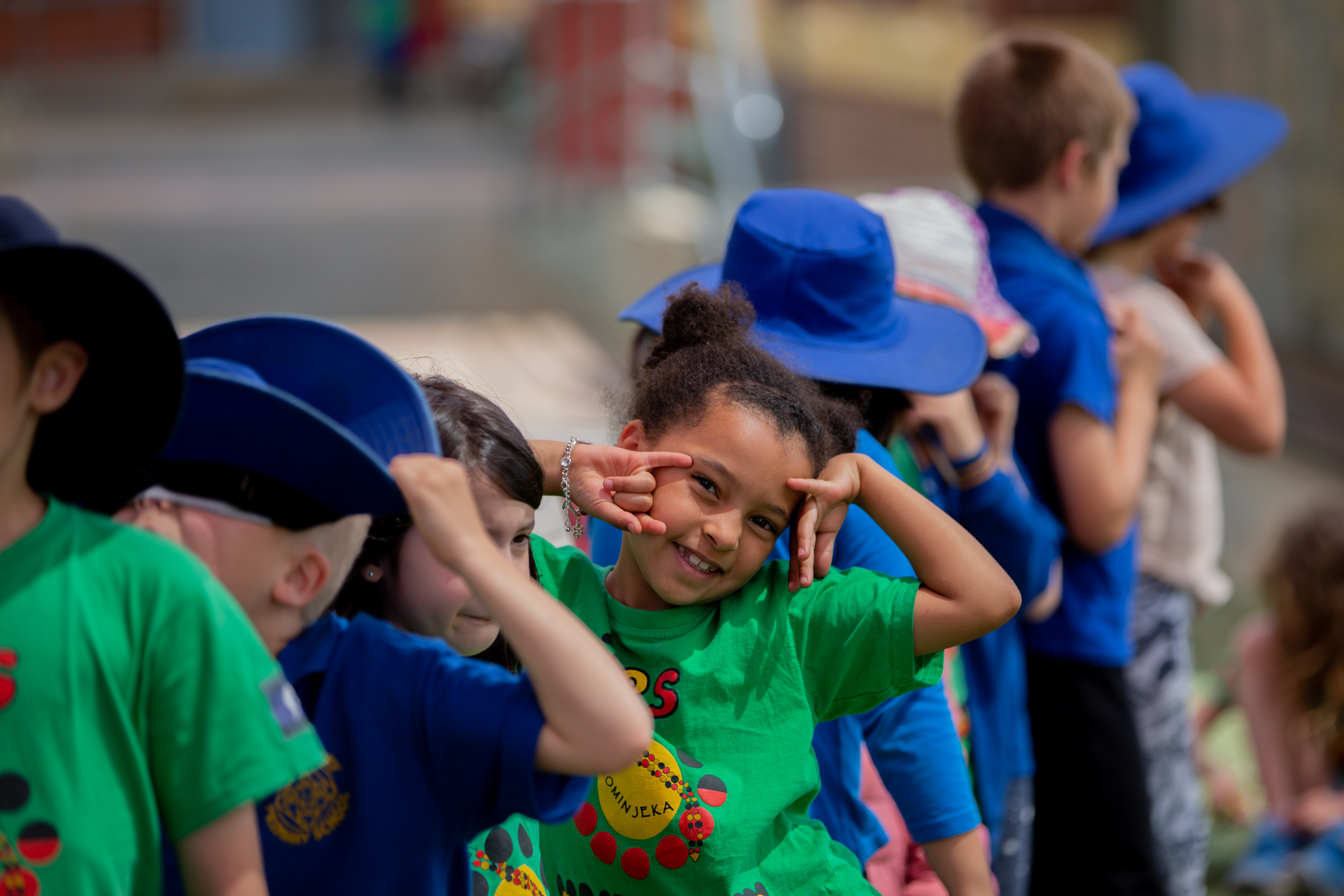The importance of a successful transition
A successful transition from early childhood learning settings to school is important for all children and has long-lasting benefits. Children who experience a positive transition into their new environment are likely to be happy at school and continue to improve their social and academic skills.
For an introduction to transitions, see Transitions in learning communities.
-
Understanding behaviour
Common feelings and concerns
Starting school is a major milestone in a child’s life.
Common feelings children and young people have during transition can include:
- excitement
- sadness
- anger
- anticipation
- fear or anxiety.
-
Trusting and supportive relationships
Strong relationships between children, their families and educators help child wellbeing.
Trusting and supportive relationships are the foundation of successful transitions. They provide children with a safe and secure base at home, in early learning settings and at school. When a child feels emotionally safe, they can learn and thrive at school – socially and academically.
Strong family-school partnerships improve children’s transition experiences and support their future academic and social progress.
It is important for schools to build positive relationships with families before school starts and to extend these during and after the transition to school.
As well, strong links between educators in early learning services and primary schools staff support positive transitions.
Good communication between settings can facilitate continuity of care and education, for example, through the development of teaching strategies and curriculum based on the needs and strengths of individual children.
Good communication also allows information-sharing about a child’s learning and social needs, which the school can respond to.
-
Early learning services and schools share the responsibility
As an educator you can act as the pivot point.
While it is the collective responsibility of families, early years services, schools and communities to prepare the child for school, educators play a role in bringing all participants together to establish transition policies and practices that best meet the needs of each child.
There are various ways to help children adjust to school:
- Listen to and observe the children to understand their interests and concerns. This helps children develop a positive attitude to starting school. Activities such as drawing or painting, or facilitated discussions, allow children to express what they are excited or worried about. Behaviours that indicate children are having difficulty adjusting to school may include complaints of feeling sick, increased worry about school and separating from parents, crying, reluctance to attend school, and sleep disturbance.
- Help children and families become familiar with the processes, rules and expectations of primary school environments.
- Give families tips and ideas for how they can support and develop their child’s social and emotional skills, coping and help-seeking strategies.
- Provide multiple opportunities for students and families to visit their new primary school to help build familiarity and belonging. These can be formal information evenings or orientation days or informal opportunities (such as after-school access to the playground or school clubs and sporting events).
- Provide opportunities for children and family members to connect with each other before and after they start school to help build a sense of belonging to the school community.
- Develop ways for early childhood settings and primary educators to share information about children and their families. For example, build transition activities (such as home visits, visits to services and schools and family meetings) into roles.
- Build and strengthen community partnerships. Support agencies, child, family and community services and education networks can all play an important role in supporting children and families’ transition to school. Teach children, young people and families the skills to support them in the transition period, such as:
- how to recognise, express and talk about their feelings
- problem-solving skills
- helpful thinking strategies. For example, “I can do this” or “I can be brave”
- seeking help when needed.Primary schools need to be prepared for children in all their diversity, that is inclusive of children and families at all levels of ‘school readiness’. Rather than school readiness being seen as an inherent quality of the child, it is better to view readiness as a reflection of the influences of the family, early learning settings, communities and schools.
The significance of equity and diversity
A child’s learning and development is shaped by their personal identity and their family and cultural history.
Transition programs that support diversity ensure a positive beginning to school for all children and their families.
Recognising diversity, facilitating supportive relationships and promoting identity are core methods to support the transition to school.
Children and families in living in diverse circumstances
Children and families living in diverse circumstances may need extra support with the transition to primary school.
Special efforts to reach families may be required for some children. Planning for school transitions and inclusive practices are key to ensuring that all children and families – including those who require targeted and differentiated help – have a successful transition to school.
-
References
Australian Early Development Census. (2018). Early Childhood Findings from the AWCD. Retrieved from https://www.aedc.gov.au/early-childhood/findings-from-the-aedc
Australian Institute of Health and Welfare. (2019). Transition to primary school https://www.aihw.gov.au/reports/australias-welfare/transition-to-primary-school
Dockett, S., Perry, B., Kearney, E., Hampshire, A., Mason, J., & Schmied, V. (2011). Facilitating children’s transition to school from families with complex support needs.
Giallo, R., Treyvaud, K., Matthews, J., & Kienhuis, M. (2010). Making the Transition to Primary School: An Evaluation of a Transition Program for Parents. Australian Journal of Educational and Developmental Psychology, 10(2010), 1-17.
-
External links
